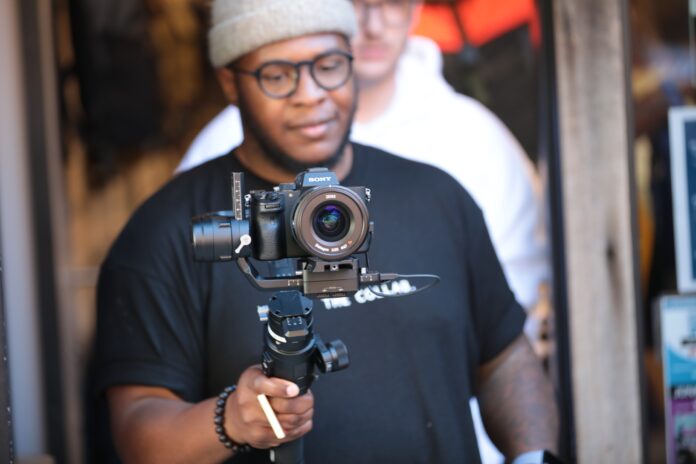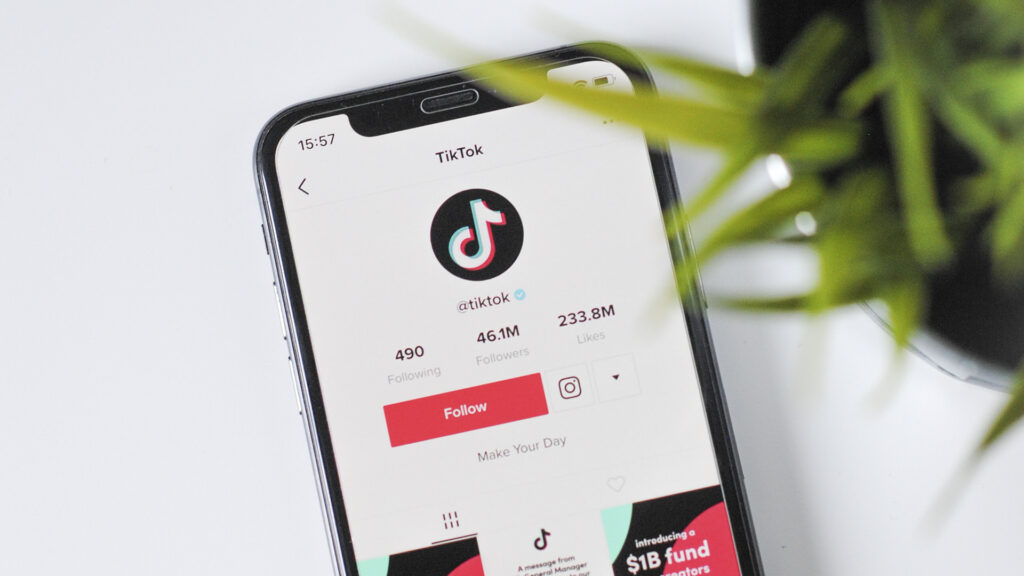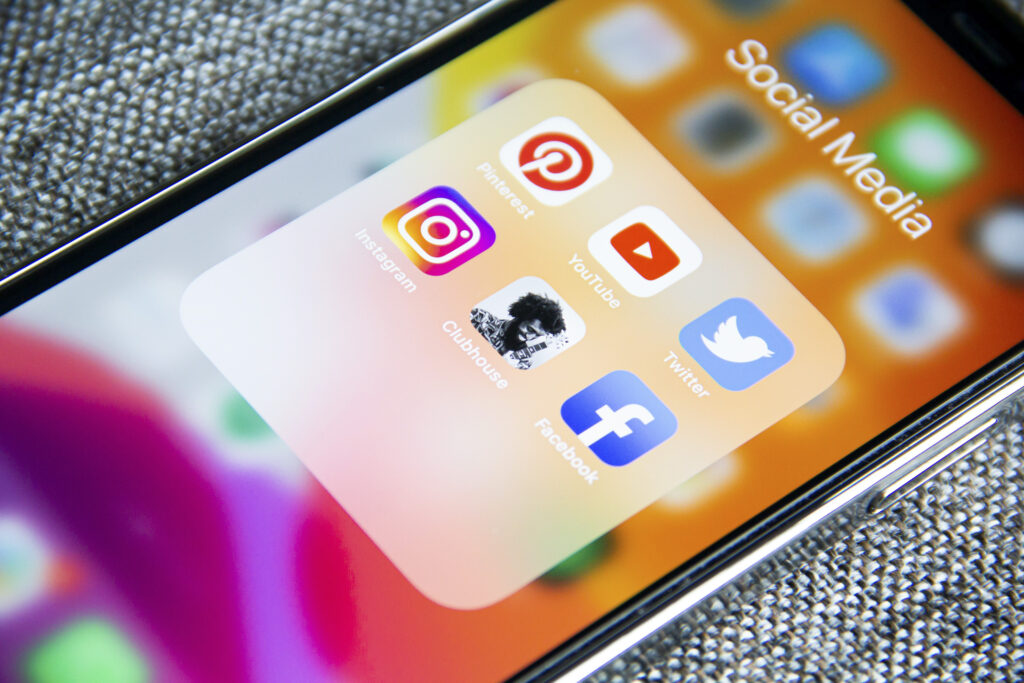
Edited by Amrita Das and Gaurab Dasgupta | Zenger News
&
SDV&V Staff
YouTube has created a $100 million fund to pay creators for bite-sized mobile videos of up to 60 seconds. YouTube Shorts will pay original creators from the U.S. and India from 2021 to 2022.
“The Shorts Fund is the first step in our journey to build a monetization model for Shorts on YouTube,” Amy Singer, a director at YouTube Shorts, said in the statement.
“This is a top priority for us and will take us some time to get it right. We’ve paid more than $30 billion to creators, artists, and media companies over the past three years, and we remain deeply committed to supporting the next generation of mobile creators with Shorts.”
Shorts story
The Google-owned firm launched a beta version of Shorts in India just months after the country banned TikTok, owned by China’s ByteDance, in June 2020 over geopolitical tensions with China.

YouTube Shorts made a beta launch in the U.S. in March 2021. It’s now available to all users in the two countries, according to the video platform. On the other hand, U.S. moved a bill recently that would bar government officials from using TikTok.
This comes even after the Joseph Biden administration put off any plan to ban the firm. Former President Donald Trump wanted TikTok to be sold to an American firm, citing national security concerns. He had said the firm would be blacklisted if no deal was reached.
Attracting creators
With the latest fund, YouTube Shorts seeks to attract creators from TikTok, Facebook-owned Instagram Reels, and Snapchat’s Spotlight.
YouTube is the latest big tech firm to offer payments to mobile-first creators for content.
In July 2020, TikTok launched a $200 million fund that looks for a certain number of followers and original content for U.S.-based creators.
Social media app Snapchat launched Spotlight in November 2020 and said it would pay $1 million every day to creators till the end of 2020.
Creators from Indian platforms offer content in many languages as these apps also cater to regional languages. And Indian short-form video firms are also spending money on content.

Growing format
YouTube Shorts had over 6.5 billion daily views as of March, up from 3.5 billion at the end of 2020, Google’s parent Alphabet Inc said in its Q1 results ended March 31, 2021.
YouTube did not mention a date for starting payments for creators but said it would share additional details in the coming months as it launches.
YouTube will reach out to thousands of creators each month, and they will get paid based on engagement and views. The company has not specified the number of views or user engagement threshold yet.
TikTok had over 600 million downloads in India when it was banned. Despite losing the market, TikTok has retained its global dominance and is the reason why big tech firms invest in the popular short-video format.
“One it is a snackable, digestible format, people don’t have time to watch long-form content,” Sahiba Dhandhania, chief executive and founder of influencer marketing agency Confluencr, told Zenger News.
“All these videos have been able to consolidate tips and information in a constrained manner, yet making it entertaining. That’s worked for these platforms.”

The Indian market
The Indian market is essential for tech companies because the country is one of the world’s fastest-growing internet markets.
Global big tech firms have made a beeline to invest in some Indian short-video apps to reach a more extensive customer base.
In December 2020, Google invested in two Indian short-video apps Roposo and Josh as part of its $10 billion India Digitization Fund.
Google invested in the $145 million funding round of ad tech firm InMobi’s unit Glance InMobi, which owns Roposo. Roposo has more than 33 million active users, Glance said.
Microblogging site Twitter and Snapchat’s parent Snap Inc were part of regional social media platform ShareChat’s $502 million funding round last month. ShareChat owns Moj.

“This is a format that is immensely popular,” Faisal Kawoosa, founder at TechARC, told Zenger News.
“For some reason, the short-video format wasn’t an urban craze. Initially, TikTok captured tier-II and tier-III cities, hence the regional play for these start-ups.”
Monetization will take time
“YouTube Shorts is not yet as popular as TikTok, so invest in these TikTok alternatives, and tomorrow you can make a buyout,” Kawoosa said.
Unlike long-form videos on YouTube, which make money through ads or Instagram, where influencers make money through brand deals, the short-form video market is not yet monetized.
“Creating high-quality content takes effort. It’s not simple. You look for high production quality. Ways of monetization need to come about, and platforms know which categories of content work better,” Dhandhania said.
“If they see tech content is doing well, they will say pay tech influencers. There is no real monetization for short-video content, unlike ad sense for long-form videos on YouTube. So, they have to fund this aspect to get people to work on short videos.”
The post YouTube Launches $100 Million Creator Fund For Short Videos appeared first on Zenger News.


